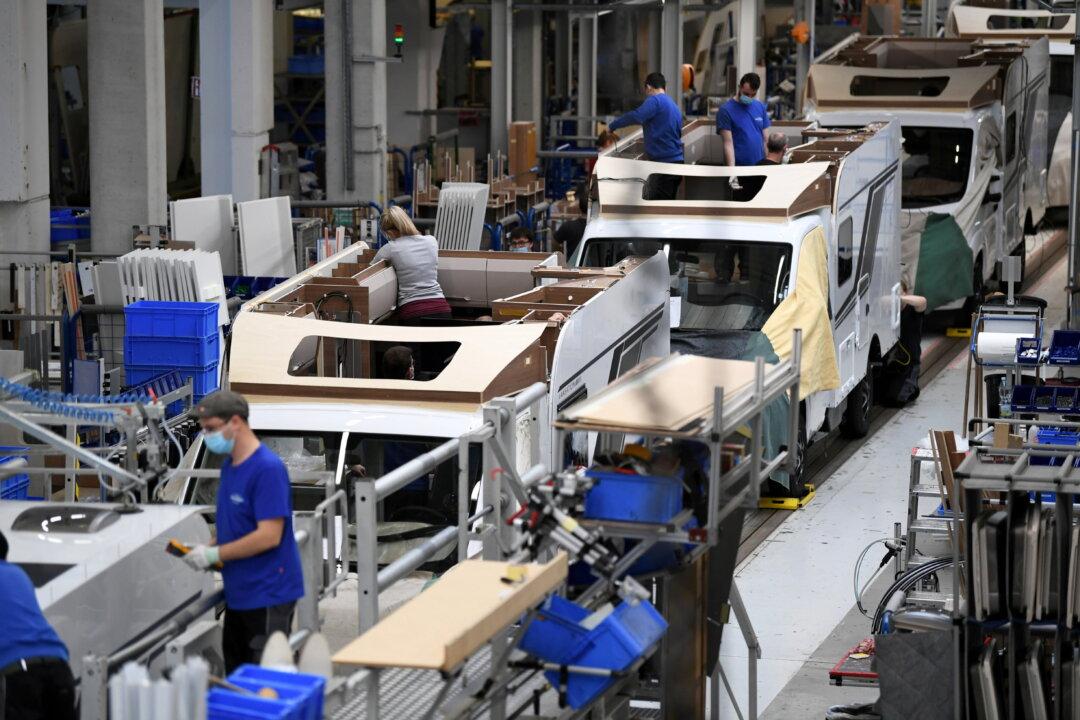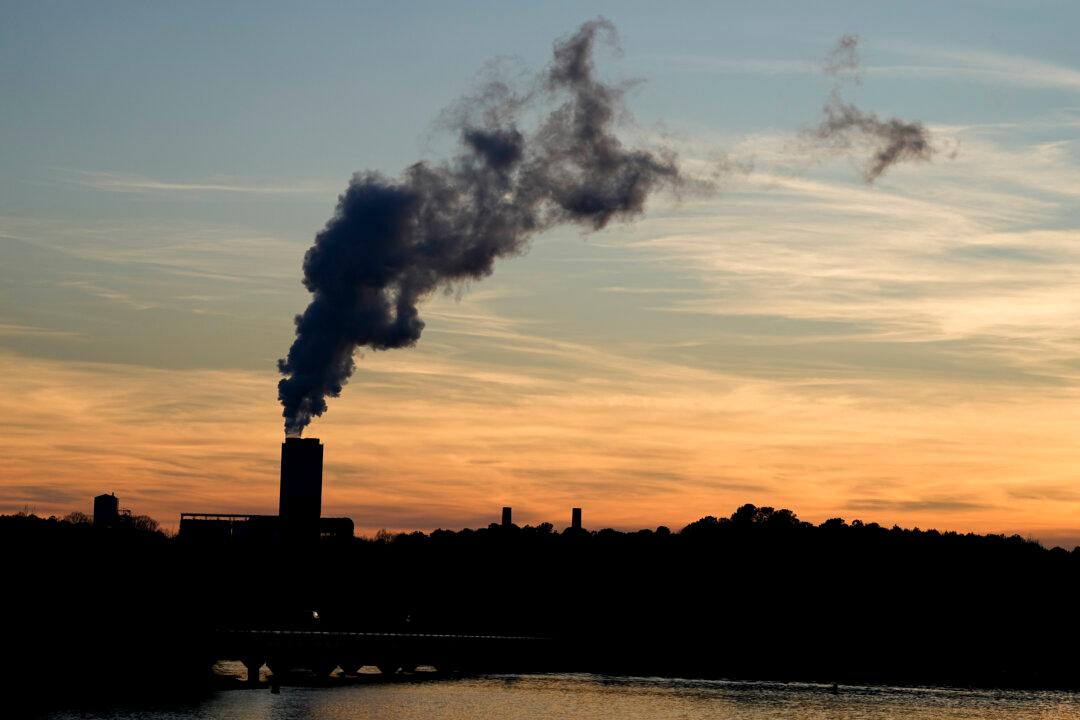Europe’s factories have begun succumbing to dangerously escalating energy bills following retaliatory Russian cutbacks, resulting in an inflation rate of more than 9 percent and a dip in industrial production, which is expected to worsen in coming days.
Industrial production for July 2022 decreased by 2.3 percent in the eurozone—i.e., the 19 countries that use the euro—and by 1.6 percent in the European Union (EU), compared to June 2022, according to Eurostat. When compared with July 2021, it was down by 2.4 percent and 0.8 percent. This was the biggest fall in production for more than two years.





